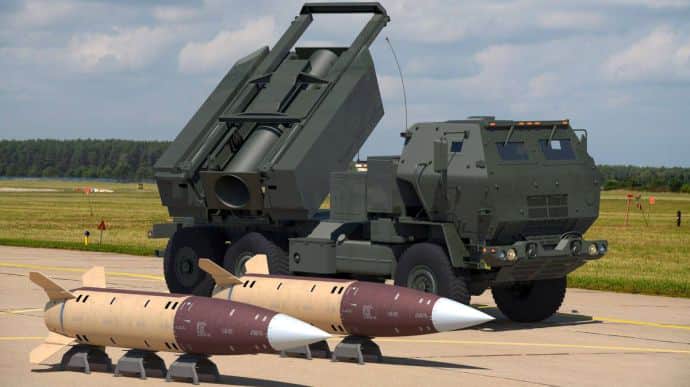The US next president, Donald Trump, may review his predecessor’s decision to authorize the use of US-supplied long-range missiles to strike inside Russia, a member of Trump’s transition team who asked not to be named told TASS.
“I suspect most everything will be under review. The United States has only one president at any given time. Until the afternoon of January 20, 2025, that president is Joe Biden. Authorizing the use of those missiles was his decision, but not for much longer,” he said when asked whether Biden’s decision could be reviewed by Trump when he takes office in January 2025.
Specifically, President-elect Donald Trump’s son, Donald Trump Jr., said on his X social network account that the US military industrial complex wants to unleash World War III before Donald Trump is inaugurated.
“The Military Industrial Complex seems to want to make sure they get World War 3 going before my father has a chance to create peace and save lives,” Trump Jr. said commenting on the permission of US President Joe Biden to strike deep into Russia with the use of American long-range missiles.
“Life be damned!!! Imbeciles!” Donald Trump Jr. added.
The New York Times reported on November 17 that US President Joe Biden had allowed to use US-supplied long-range missiles, known as the Army Tactical Missile Systems, or ATACMS, to strike inside Russia.
Later in the day, France’s Le Figaro reported that France and the United Kingdom followed Biden’s lead and also allowed to use their weapons to strike inside Russia.
Already, Ukraine plans to conduct its first long-range attacks in the coming days, the sources said, without revealing details due to operational security concerns.
The move by the US comes after months of requests by Volodymyr Zelenskyy to allow Ukraine’s military to use US weapons to hit Russian military targets far from its border.
The change follows Russia’s deployment of North Korean ground troops to supplement its own forces, a development that has caused alarm in Washington and Kyiv.
The first deep strikes are likely to be carried out using ATACMS rockets, which have a range of up to 190 miles, according to the sources.





